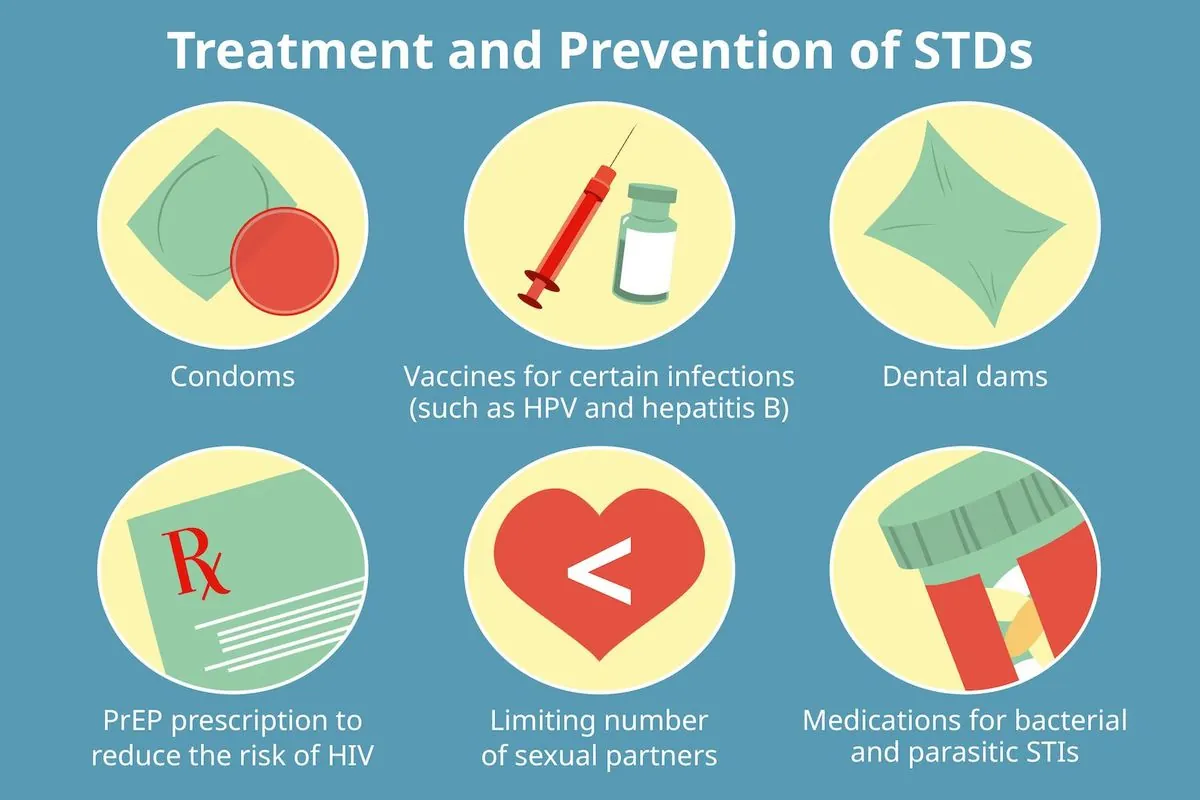Declining Condom Use Among US Youth: Causes and Concerns
Condom usage is decreasing in the US, especially among younger generations. Medical advancements, reduced HIV fear, and varying sex education contribute to this trend, raising concerns about sexual health awareness.

Recent data indicates a significant decline in condom usage across the United States, with a particularly notable decrease among teenagers and young adults. This trend has sparked concern among public health experts, who are now reassessing strategies to promote safe sexual practices.
Several factors contribute to this shift in condom use. Dr. Joseph Cherabie, medical director of the St. Louis HIV Prevention Training Center, notes that past condom campaigns often relied on fear tactics. However, the approach has evolved to focus on individual needs and preferences. This change in messaging coincides with medical advancements that have altered perceptions of sexual health risks.
One major factor is the development of long-term birth control options. Intrauterine devices (IUDs) and birth control pills have gained popularity among young heterosexual women as primary methods of pregnancy prevention. These alternatives offer convenience and reliability, potentially reducing the perceived need for condoms.
Additionally, the introduction of pre-exposure prophylaxis (PrEP) and doxycycline post-exposure prophylaxis (doxy PEP) has significantly impacted condom use, especially among men who have sex with men. These medications provide protection against HIV and other sexually transmitted infections (STIs), leading some individuals to forgo condom use.

The declining fear of HIV has also played a role in changing attitudes towards condom use. Andres Acosta Ardilla, who works at an Orlando-based clinic serving Latinos with HIV, observes that condom use among men who have sex with men has become "pretty much a thing of the past." This shift is reflected in dating apps like Grindr, where condom use is listed under "kinks" rather than "health."
Researcher Steven Goodreau suggests that this trend is influencing younger generations, with the promotion of PrEP potentially overshadowing condoms as an STI prevention strategy. Notably, two federal HIV strategies do not mention condoms, further indicating a shift in focus.
The varying degrees of sex education in high schools across the United States also contribute to the decline in condom use. With no federal standards for sex education, states have the autonomy to decide what is taught. This has led to significant disparities in sexual health knowledge among young people.
In some states, like Mississippi, condom demonstrations are prohibited in schools. Conversely, states like Oregon include condom demonstrations in their curriculum as early as middle school. This inconsistency in education leaves many young people ill-equipped to make informed decisions about their sexual health.
The controversy surrounding sex education continues to be a point of contention. Conservative groups advocate for abstinence-focused education, while organizations like the Sexuality Information and Education Council for the United States (SIECUS) push for comprehensive sex education. Michelle Slaybaugh, policy and advocacy director for SIECUS, emphasizes the importance of providing young people with the information they need to protect themselves.
"We would never send a soldier into war without training or the resources they need to keep themselves safe ... so why is it OK for us to send young people off to college without the information that they need to protect themselves?"
As public health experts grapple with these challenges, they are focusing on strategies to help younger generations have safe sex, understand their options, and get regular STI tests. The goal is to create a balanced approach that acknowledges the changing landscape of sexual health while still promoting the importance of protection against STIs and unintended pregnancies.
While this trend might not spell the end of condoms, it certainly highlights the need for adaptive and comprehensive sexual health education. As medical advancements continue to shape our approach to sexual health, it is crucial to ensure that younger generations are equipped with the knowledge and resources to make informed decisions about their sexual well-being.


































